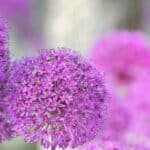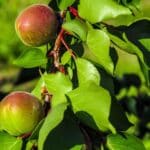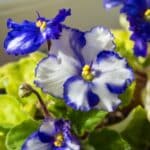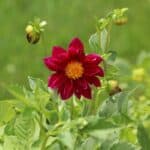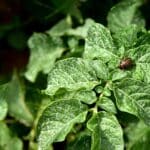Blue star juniper (Juniperus squamata) or single-seed juniper is the perfect shrub for your garden if you love plants with blueish tones. This delicate shrub will add a lot of texture to your garden with its fine needle-like foliage, and its blue hue is sure to stand out in any garden space.
The evergreen shrub is very useful as a ground cover, hedge, or garden filler, and it looks particularly striking in rocky garden spaces or xeriscape projects.
Single-seed junipers can be combined with companion plants to create interesting and lush garden spaces.
Some of the best blue star juniper companions include dusty millers, lamb’s ears, lavender, heather, hydrangeas, and blue fescue grass.
In this guide, we will take a closer look at these neighboring plants and discuss different ways to use them in your garden to fill out your garden.
What to Grow with Blue Star Juniper
When selecting the best companion plants for blue star juniper, focusing on plant species with similar growing requirements is usually best.
Junipers should be planted in a sunny location where they receive at least 6 hours of direct sunlight daily. These shrubs can take well to most soil types, including clay, loam, and sand soil, as long as it drain well. The shrubs prefer moist conditions, but they can also be drought-tolerant.
Some plants will look more appealing next to blue star junipers than others. It is best to focus on species that can complement the vivid tones of these shrubs or to pair them with taller or shorter species so you can create dimensional garden beds.
Let’s look at some companion plants that can tolerate direct sunlight and look attractive next to blue star juniper.
Dusty Miller
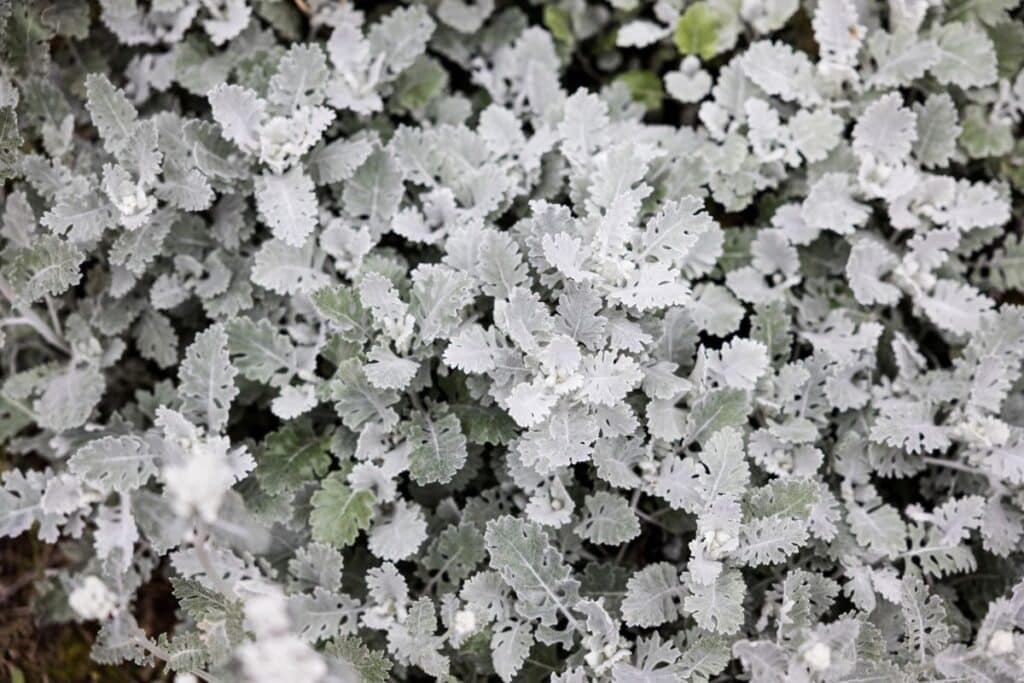
Dusty miller (Jacobaea maritima) shrubs with their silver lace-like leaves are ideal companion plants for blue star juniper. Their leaves’ white or silvery appearance will create lots of contrast alongside the blue-green foliage, and its unique leaf pattern will add lots of interest to your garden space.
These plants look their absolute best if planted in full sun and can be very drought tolerant. They are ideal for rainfall gardens or xeriscape projects.
This foliage plant maxes out at 18 inches. Because it tends to be shorter than ground cover junipers, growing it in the front of your garden or in clumps next to the juniper shrubs is best.
Lamb’s Ear
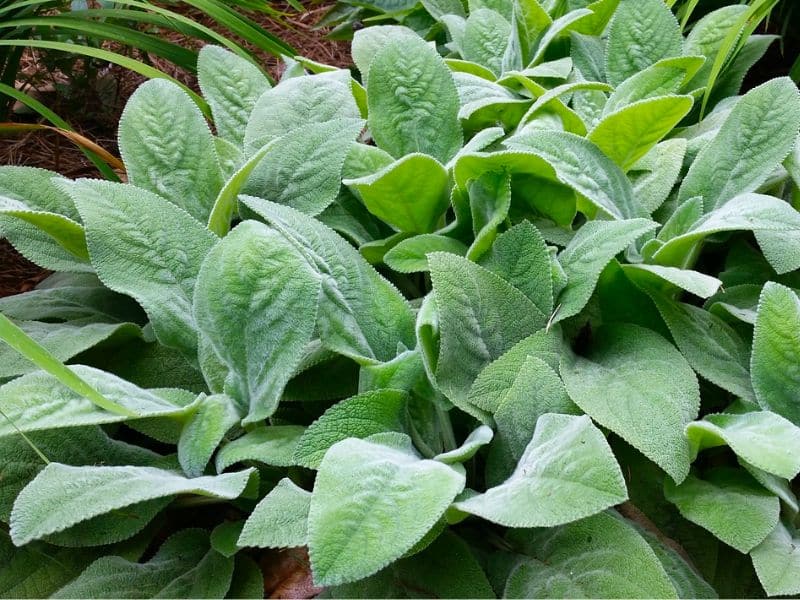
Lamb’s ear (Stachys byzantina) has blueish or silver-green foliage that can look striking next to blue star junipers, and the velvety leaves of this plant will add a lot of textural contrast to your garden. With its felted leaves, this plant produces dense growth, and it is ideal as a ground cover for taller plants or as a border alongside driveways and walkways.
The evergreen shrub is highly flexible since it can grow well in full sun to partial shade and tolerate lots of moisture in extreme drought conditions.
The foliage plant will only grow up to 24 inches tall and look striking if mass-planted around the texture-rich blue star junipers.
Lavender
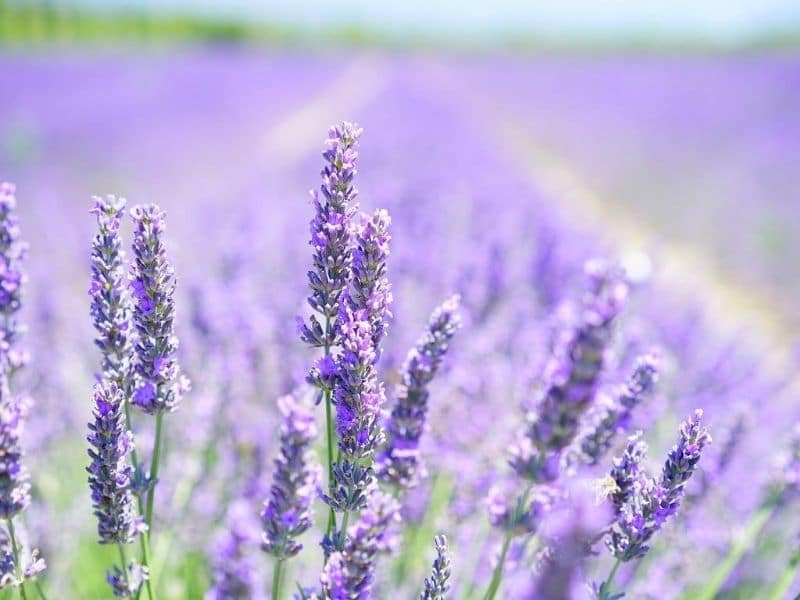
Lavender (Lavandula) is a good companion flower to add more color to your garden. The bright purple blooms of this perennial will look beautiful next to the blueish juniper foliage.
Juniper shrubs and lavender are also great companions since both can survive in harsh and warm environments with lots of direct sunlight.
Junipers grow a lot slower compared to lavender but will have a similar to slightly taller height once fully grown. These clump and shrub-forming plants will look striking on rocky scapes.
Heather
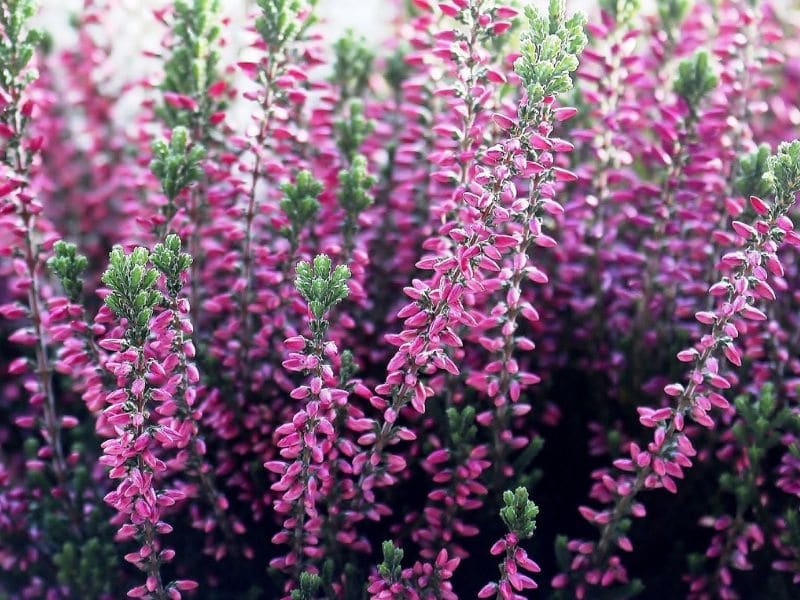
Heather flowers (Calluna vulgaris) can also be a terrific option to add color to your landscapes. This flower comes in various colors, such as pink, purple, or red, and they bloom vigorously from summer to fall.
They are also great for filling out your garden bed because the short plant produces lush growth, and the green foliage will make your blue star juniper stand out even more.
These evergreen perennials are incredibly hardy and can survive in extreme heat and poor soil conditions. They grow well in full sunlight and are only 2 feet tall, so you can easily use them to fill the front part of garden beds.
Hydrangeas
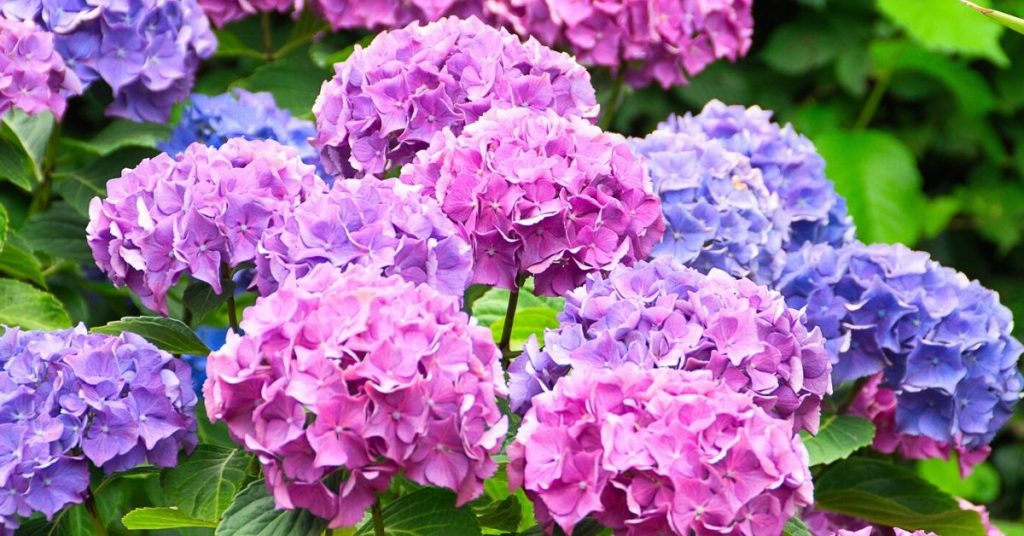
Hydrangeas (Hydrangea) can be a good companion plant if you want something tall and showy to add to your garden bed. This flower comes in many colors, including blue and purple hues that look striking alongside blue star juniper.
Hydrangeas need a little shade and prefer the early morning sun with some protection from the intense heat in the afternoon. These flowering shrubs are also quite thirsty and love moist soil. They should be watered often to keep the leaves from drying out.
Since these flowers are taller, it is best to grow them behind the lower blue star juniper shrubs so the lower shrubs can conceal the base of your hydrangeas. This is also helpful for keeping the soil cool and moist for longer.
Blue Fescue Grass
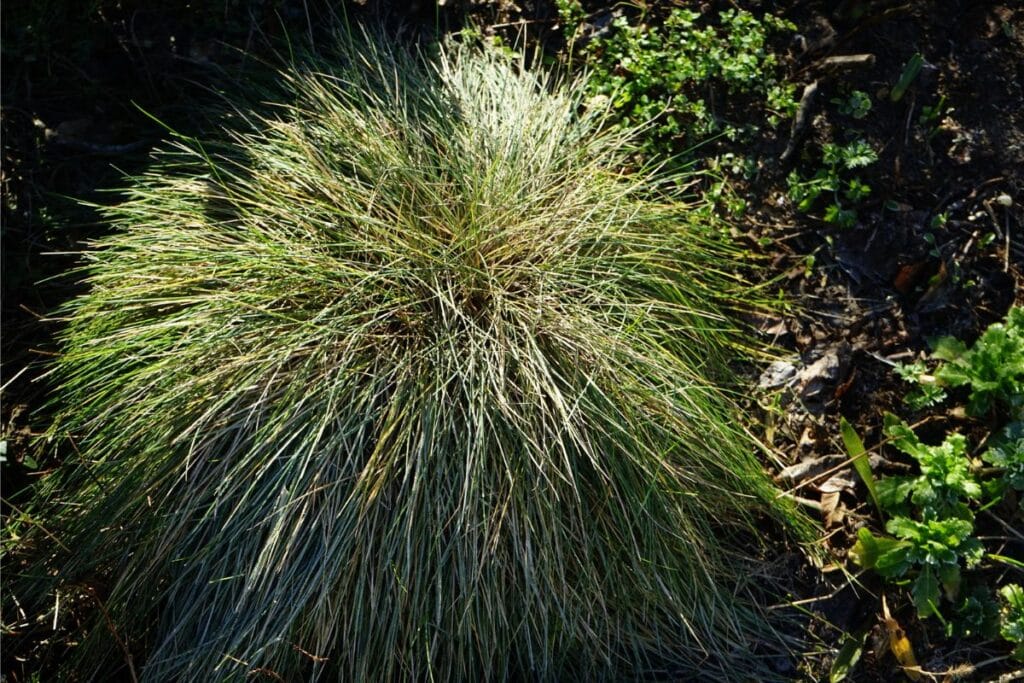
Blue fescue grass (Festuca glauca) is an ideal ornamental grass variety to pair with blue star juniper if you want to soften up the appearance of your garden. This grass variety has tall, slender blue leaves that create lots of fine textures. Their spiky appearance or the fountain effect they create will look striking in any garden.
These ornamental grasses look their best in full sun and they can grow well in moist to dry conditions. They usually only grow up to 8 inches tall and are perfect for creating borders or for filling out garden beds with shorter plants.
What NOT to Grow with Blue Star Juniper
Since blue star juniper has such a flexible growing nature, you can position just about any plant right next to it as long as you adjust the watering to the new plant’s taste, your blue star juniper should grow just fine.
Since the shrubs prefer lots of sunlight, you should avoid planting them underneath tall trees or thick shrubs. If they don’t get enough sunlight, their foliage won’t look as striking and they can become leggy.
Landscaping Ideas for Blue Star Juniper and Companions
Blue star junipers are very flexible since they can be placed in just about any soil type and they take well to moist and dry conditions. There are lots of great ways to use this plant to create interesting landscapes. Here is a quick look at some of the most common uses for these dense shrubs.
Xeriscape or Dry Gardens
You can use blue star junipers and companion species like lavender or dusty miller to create showy dry garden beds, rain gardens, or xeriscape gardens. These plants are all drought and heat tolerant and they will add lots of interest with their unique foliage and colors. They are perfect for adding appeal to gardens that have less growth and more rocky features.
Rock Gardens
Rocky gardens or rocky terraces with plenty of large boulders and andy soil will look very beautiful if you add interesting shrubs like blue star juniper, lavender, heathers, lambs ears, or dusty millers to the mix.
Borders
You can line up blue star juniper in front of other shrubs like hydrangeas, dusty miller, blue fescue grass, or lamb’s ears to create interesting evergreen borders, hedges, or privacy screens in your garden. These colorful borders can give your garden a much tidier or groomed appearance.
Final Thoughts
Blue star juniper is a must-have in any blue or grey-themed garden and can enhance the appeal of dry garden features like xeriscape gardens. These shrubs look especially charming if you pair them with other ground covers like dusty millers, lambs ear, lavender, or heathers but you can also pair them with a showy ornamental grass variety like blue fescue or interesting tall shrubs like hydrangeas.
We hope that you enjoyed this guide and that you will have lots of fun exploring different ways to use and pair blue star junipers in your upcoming landscaping projects.
Image by Kris.Rad/depositphotos


